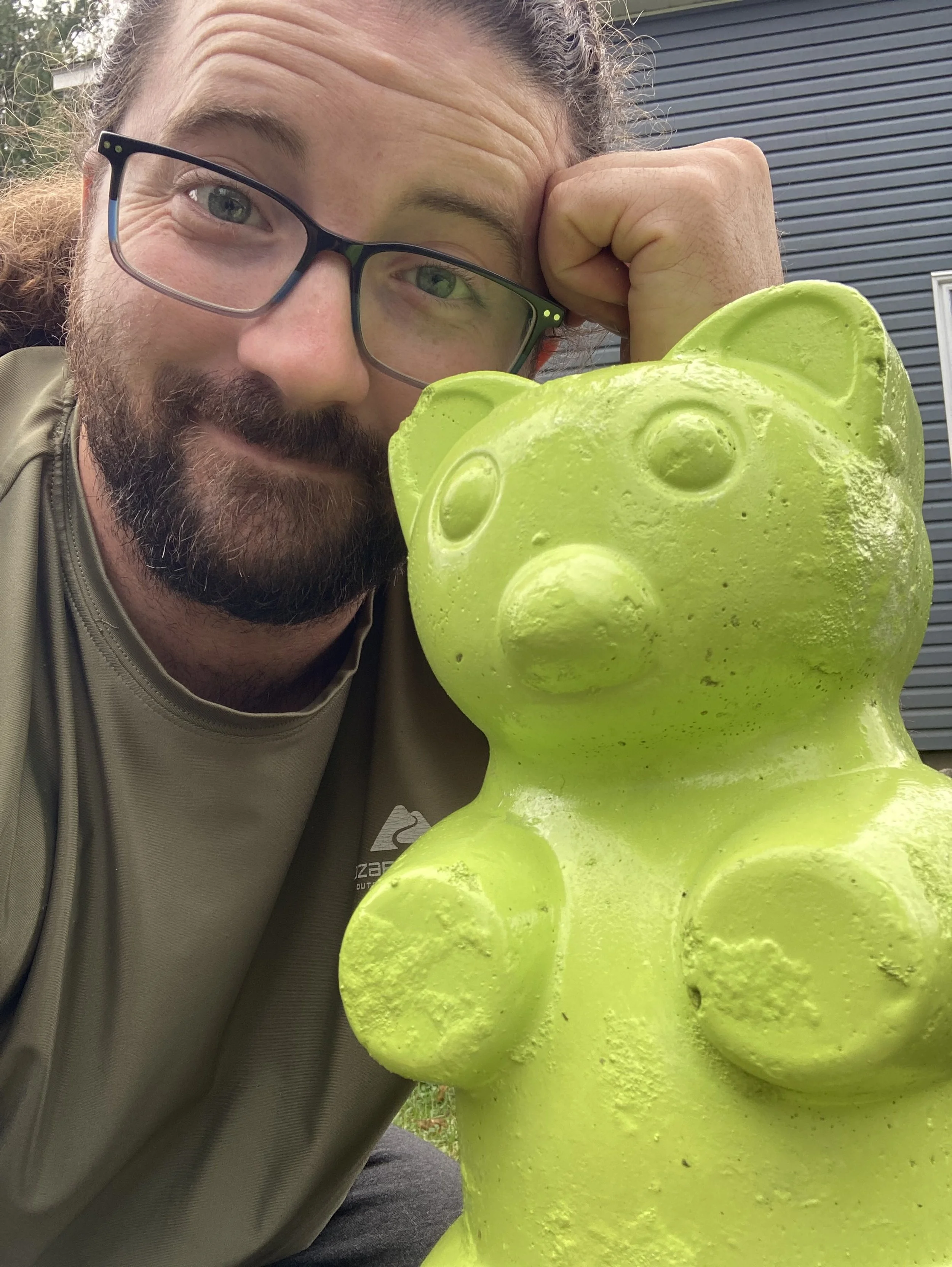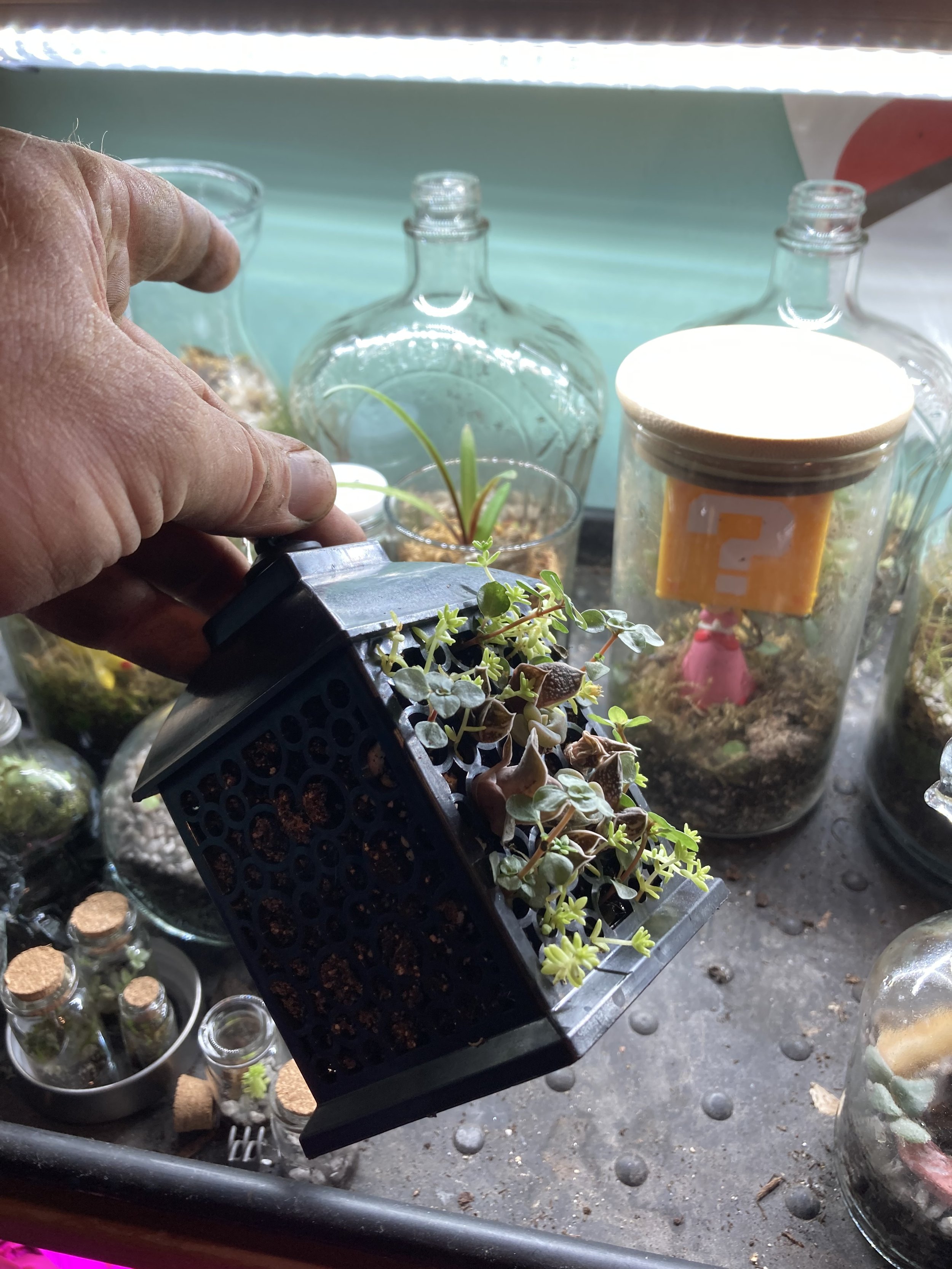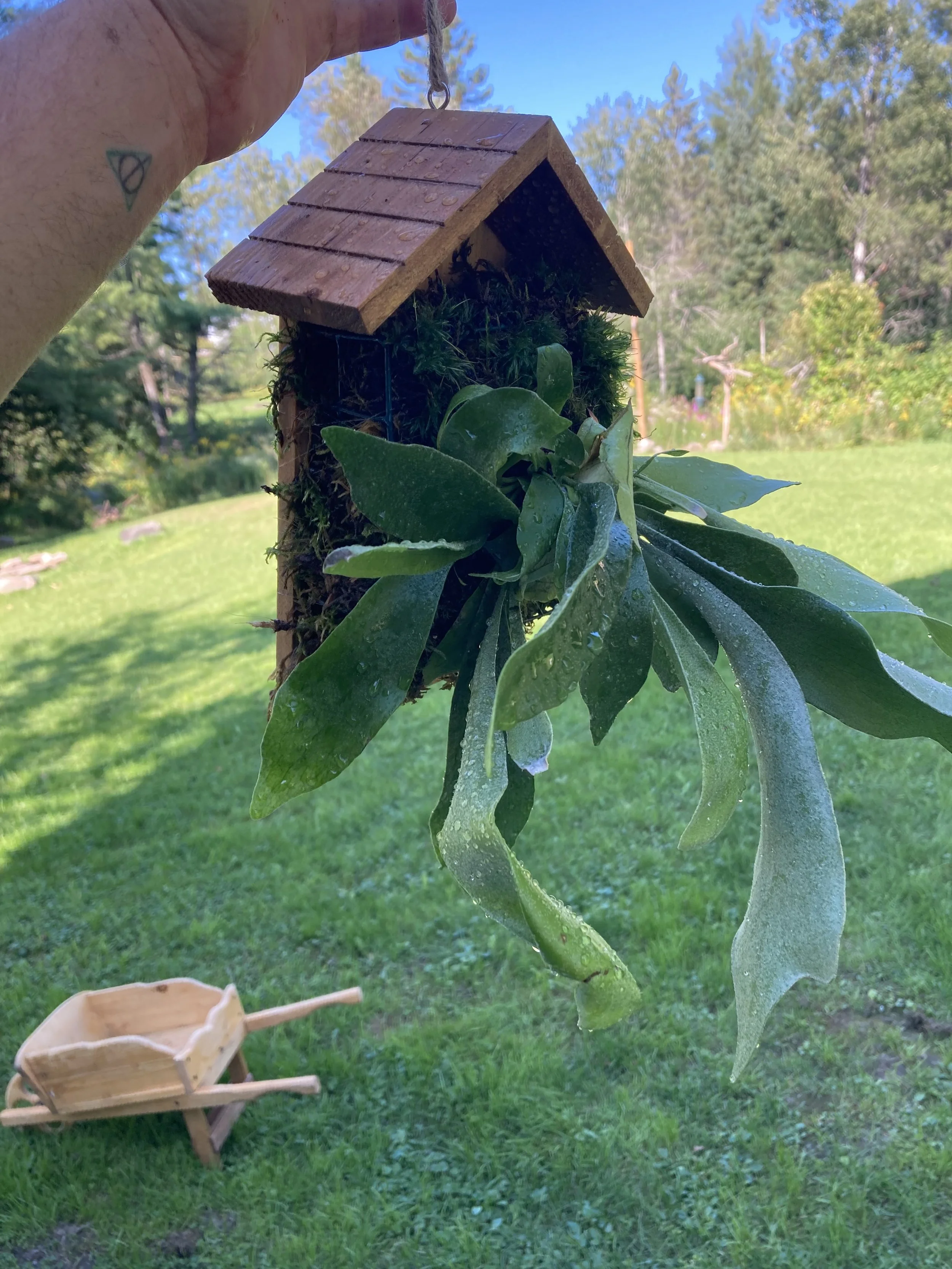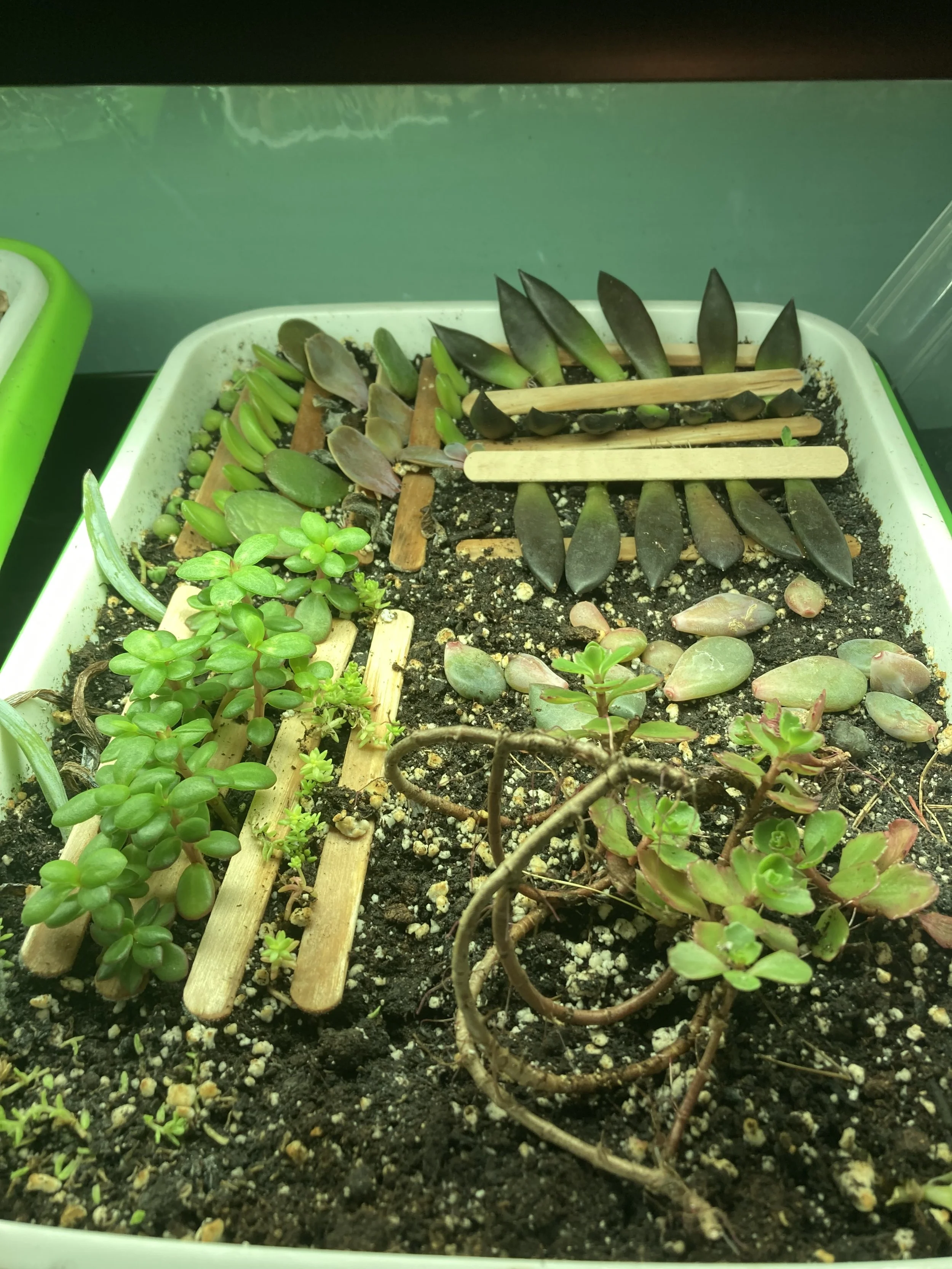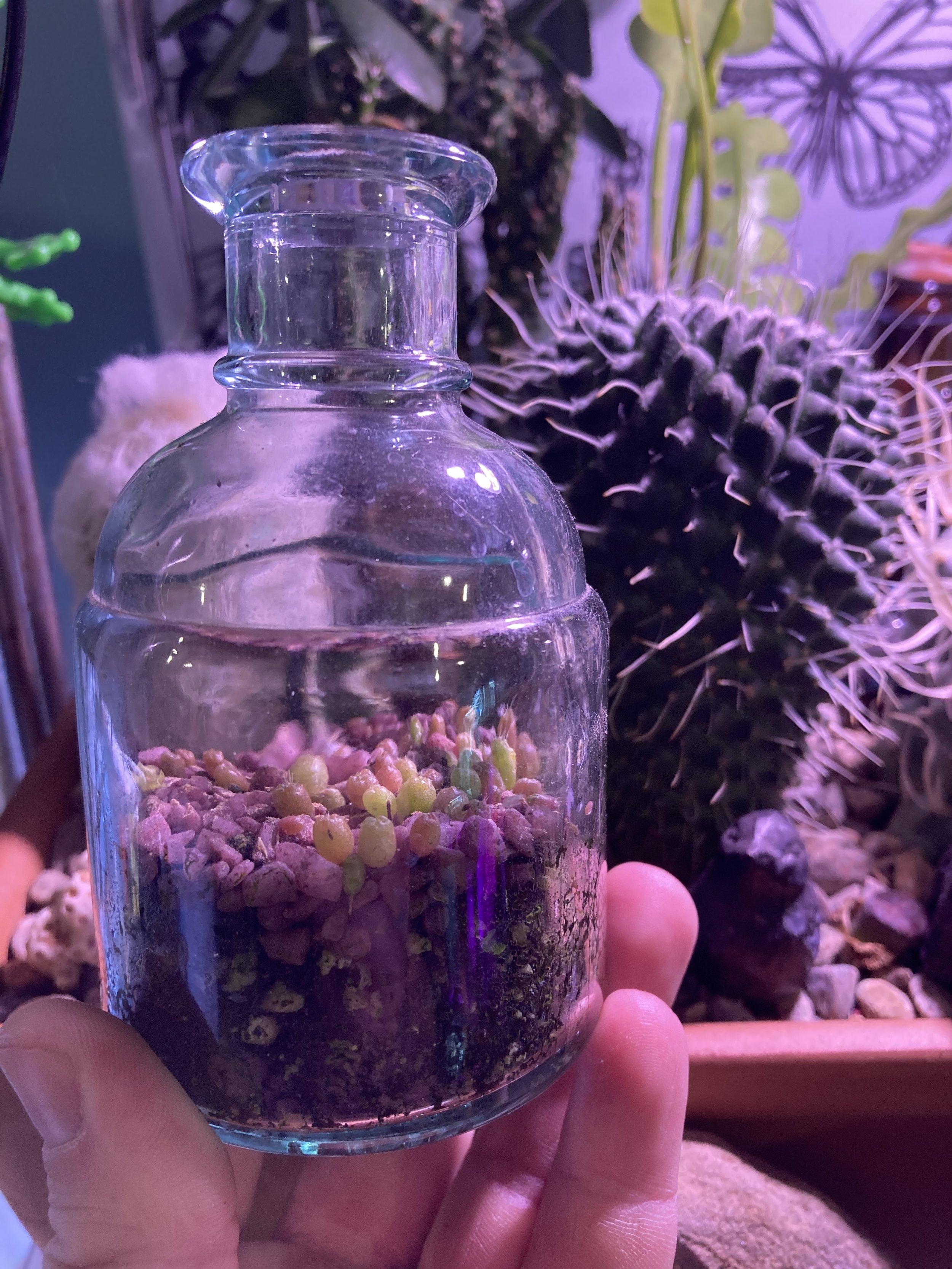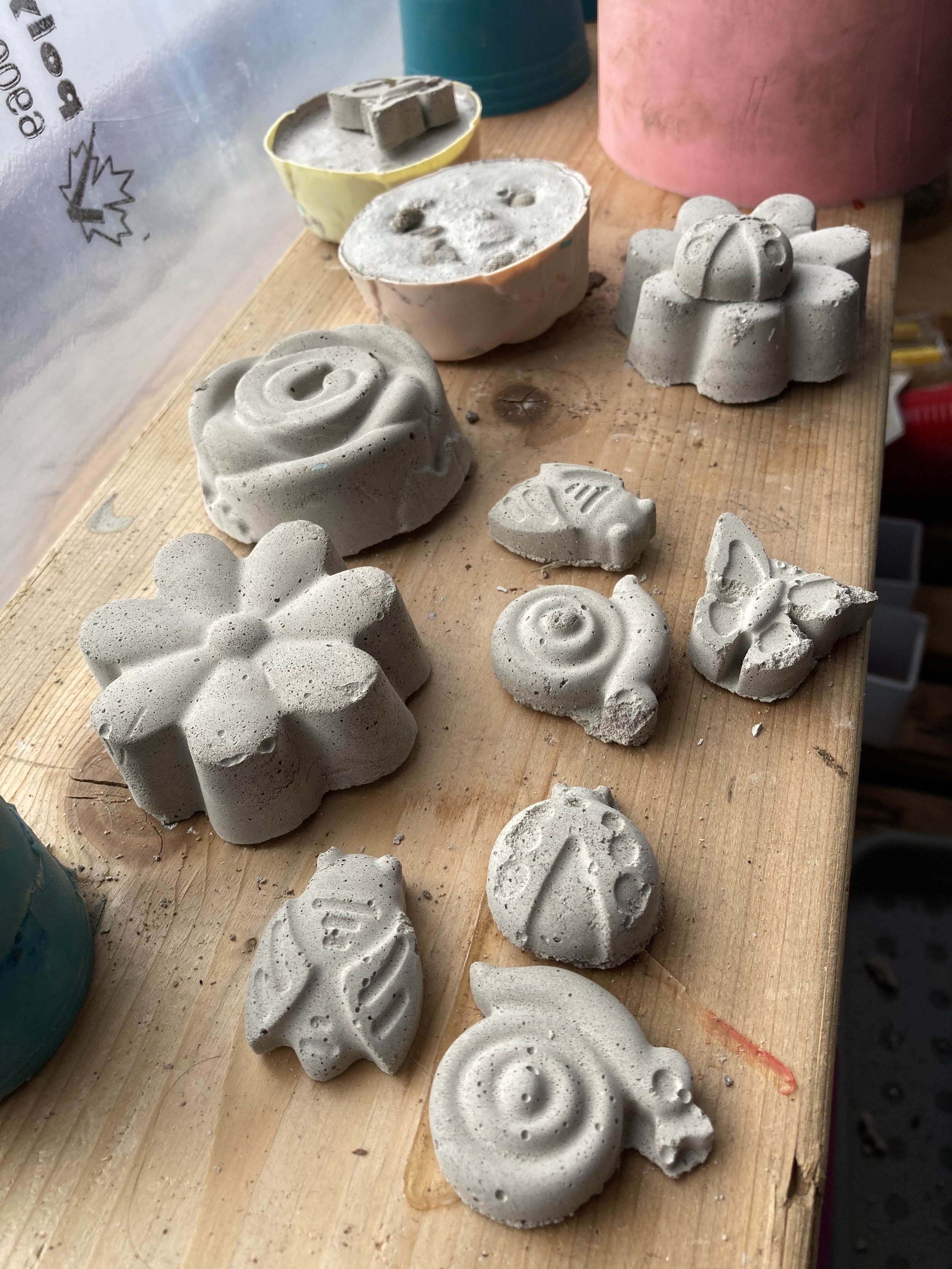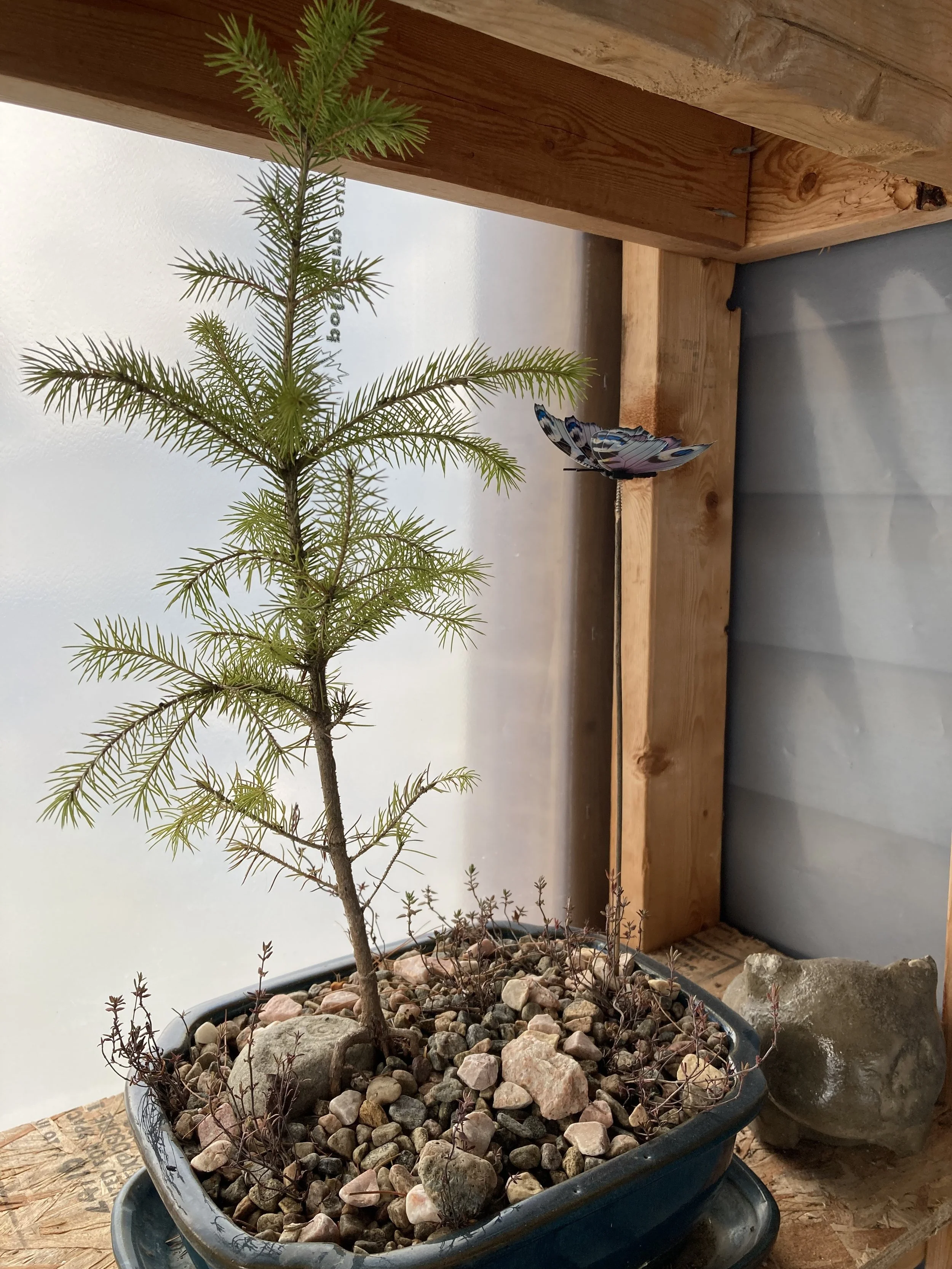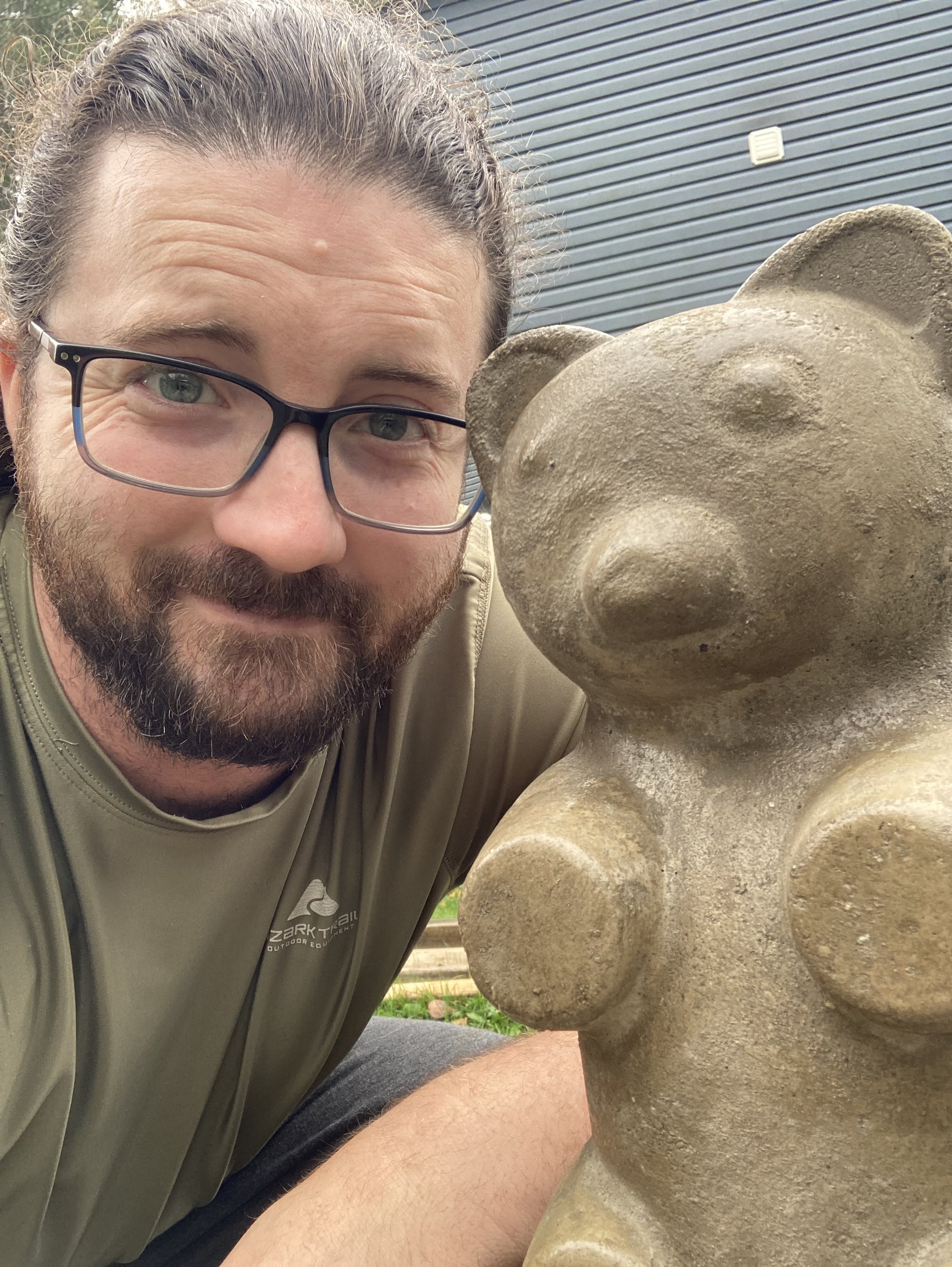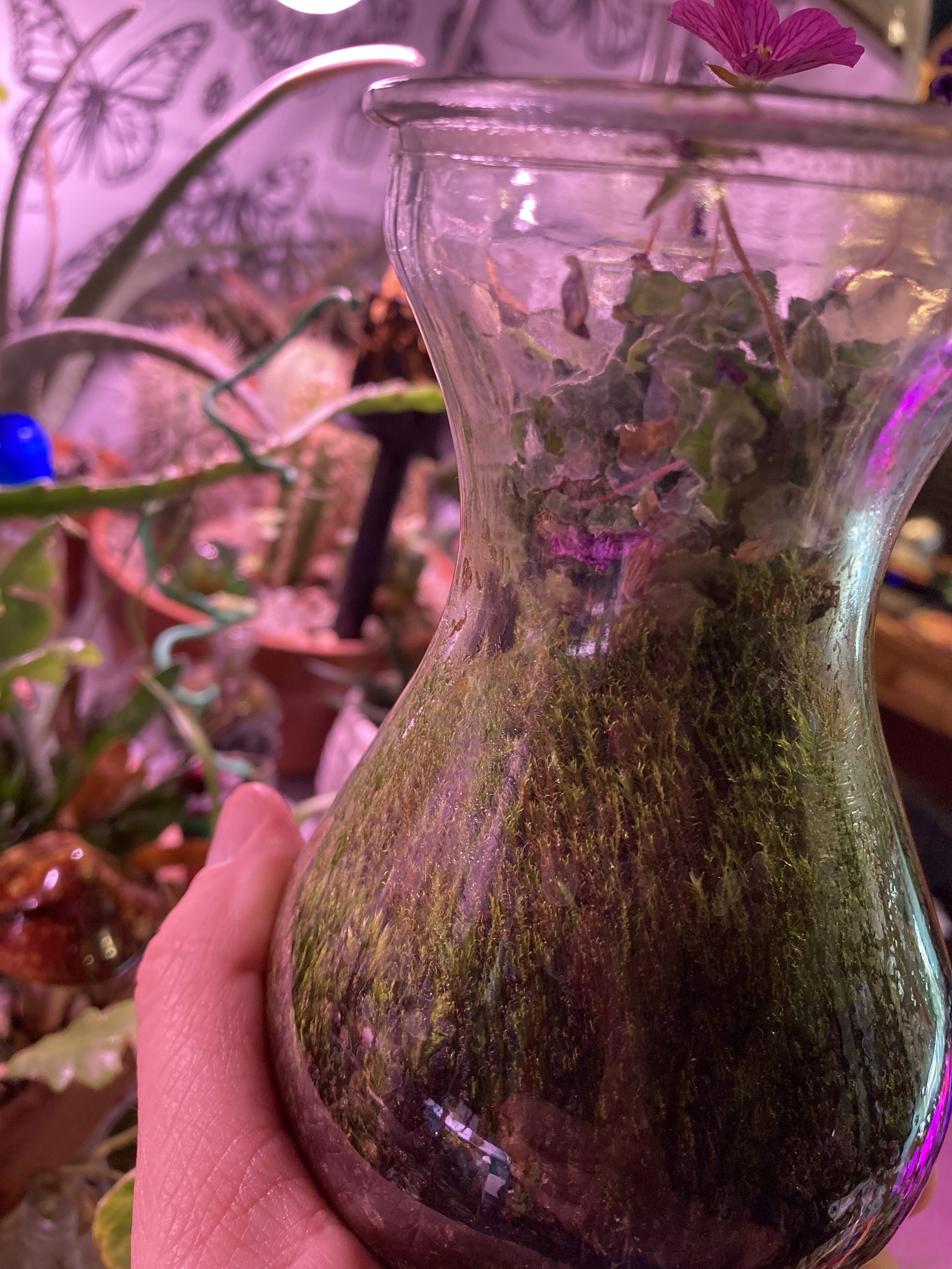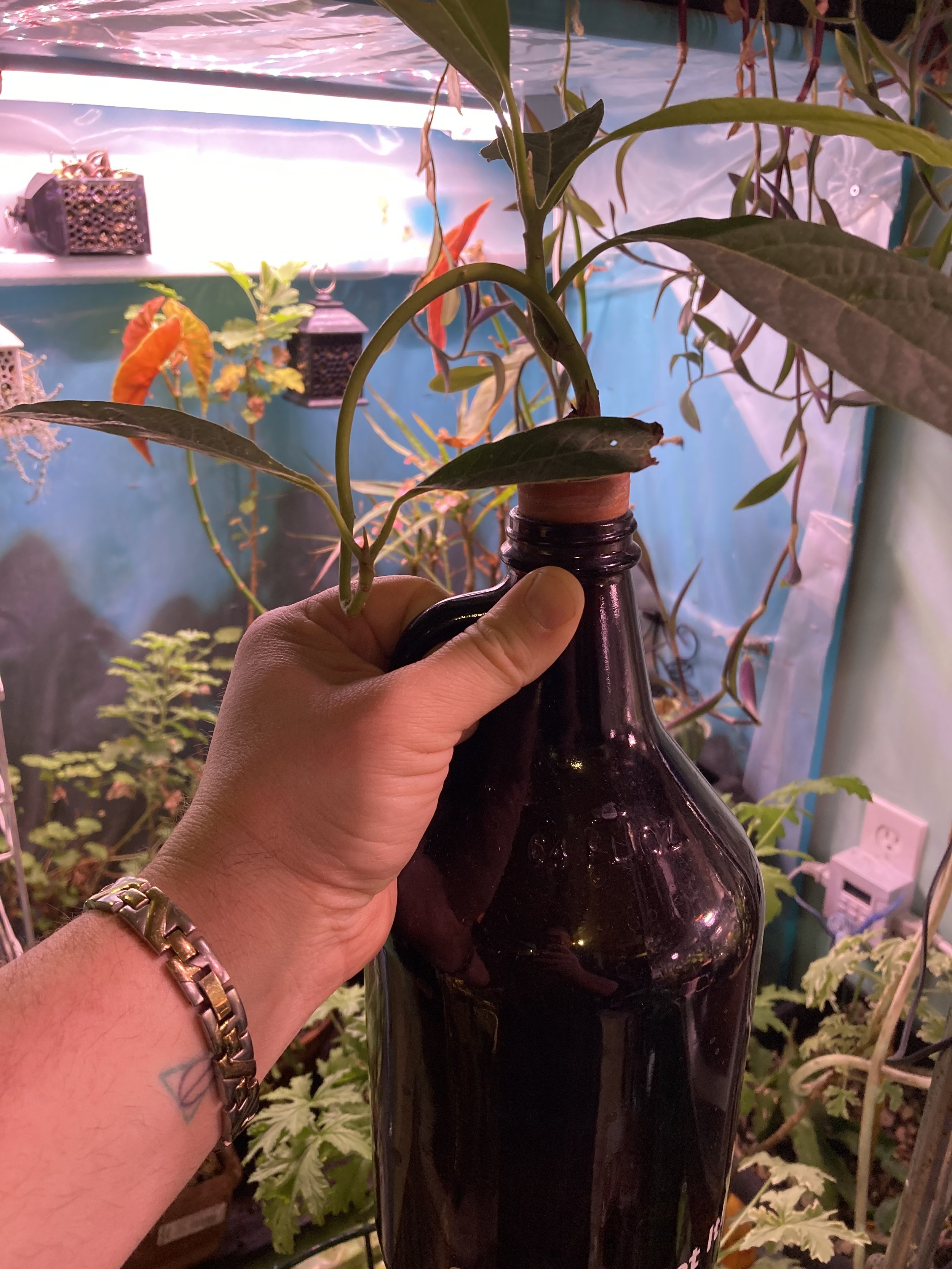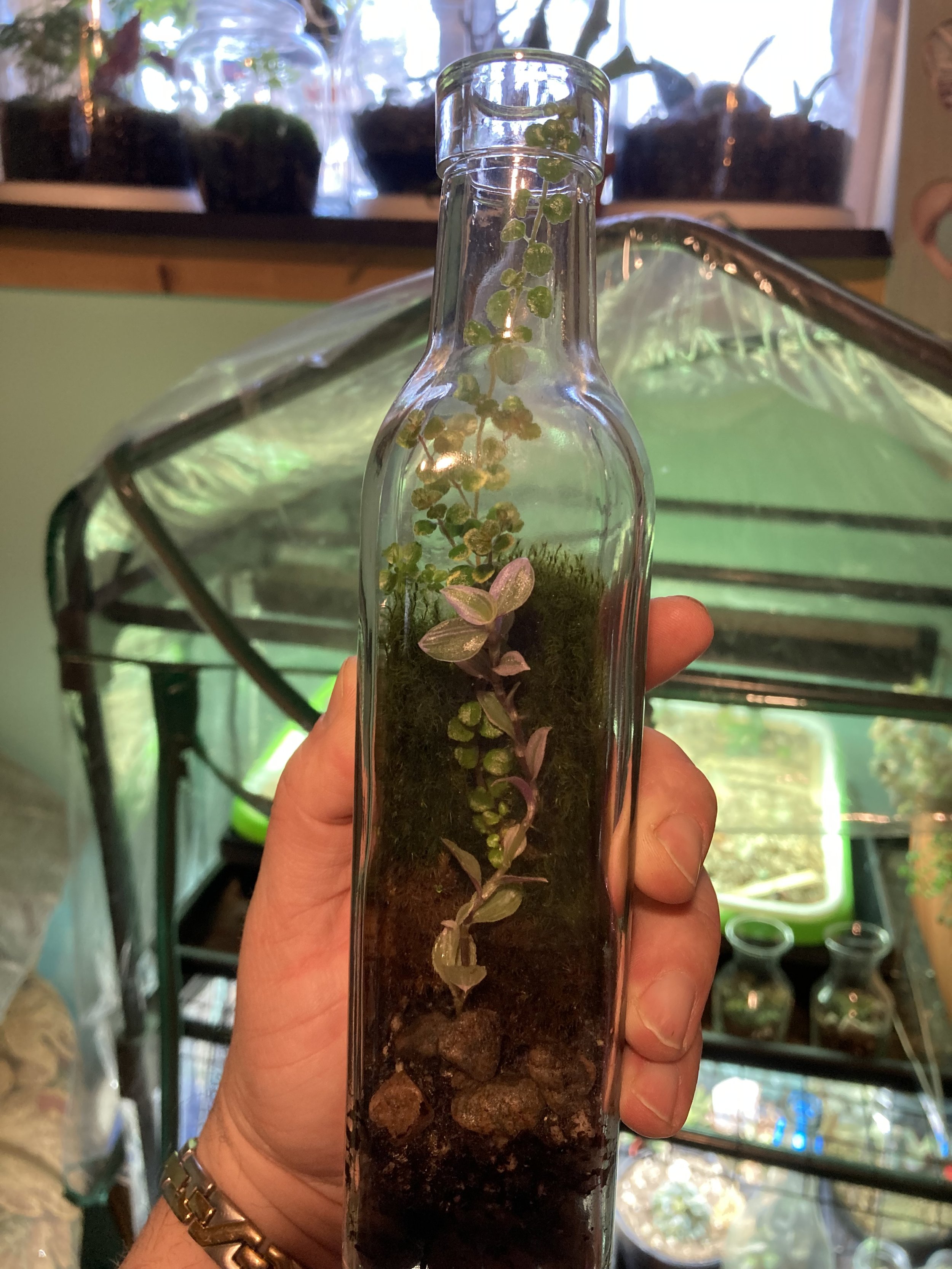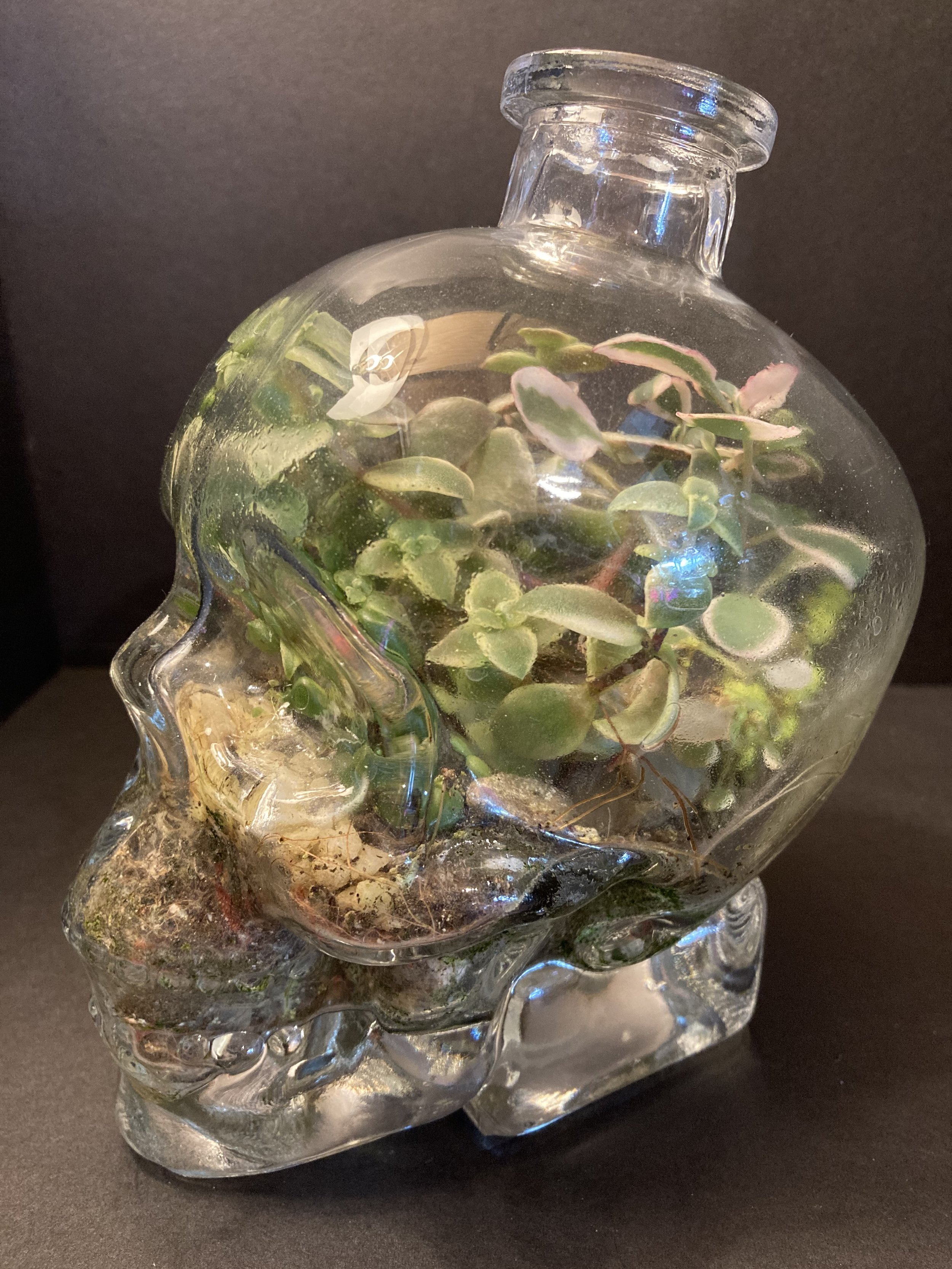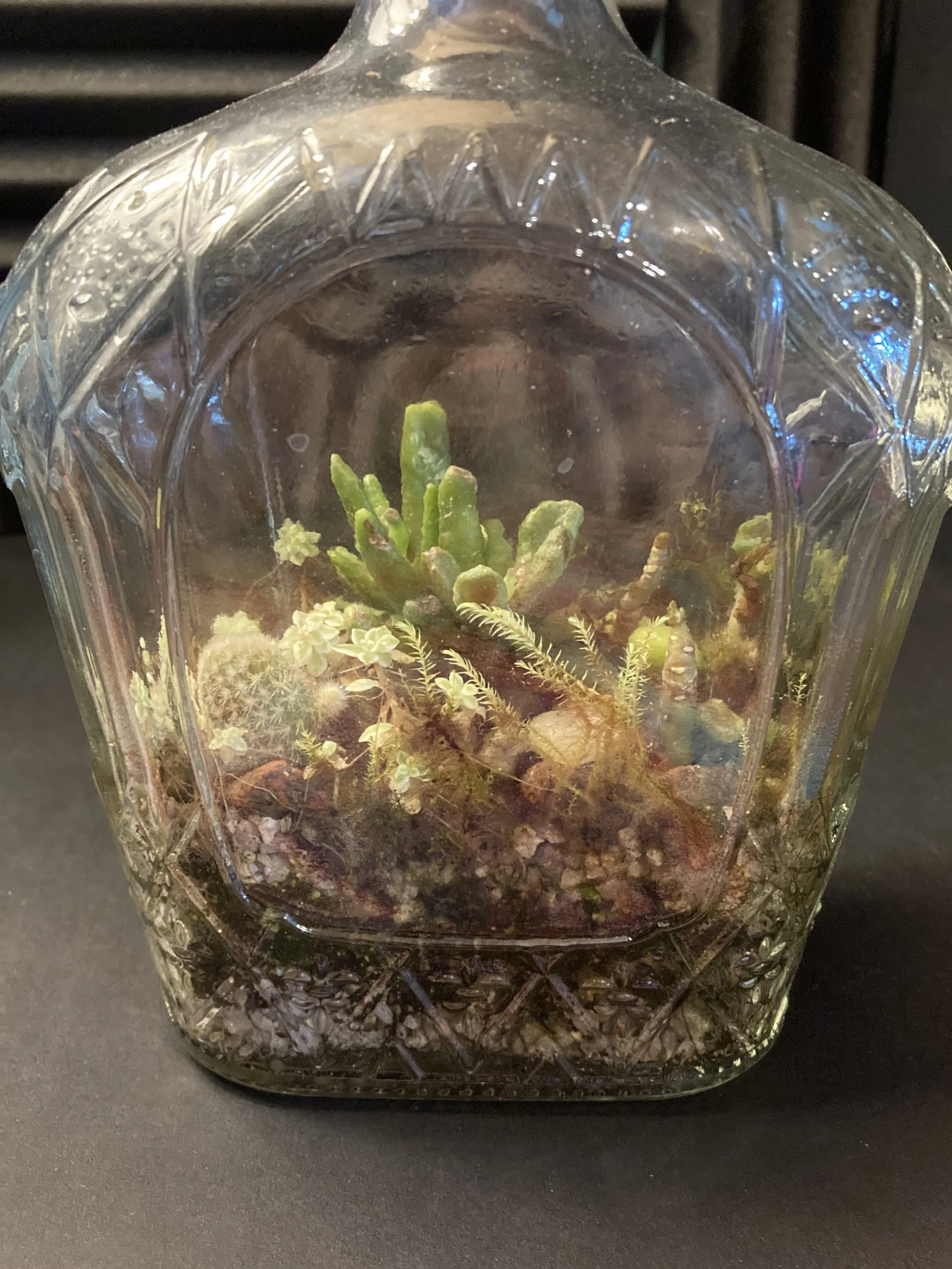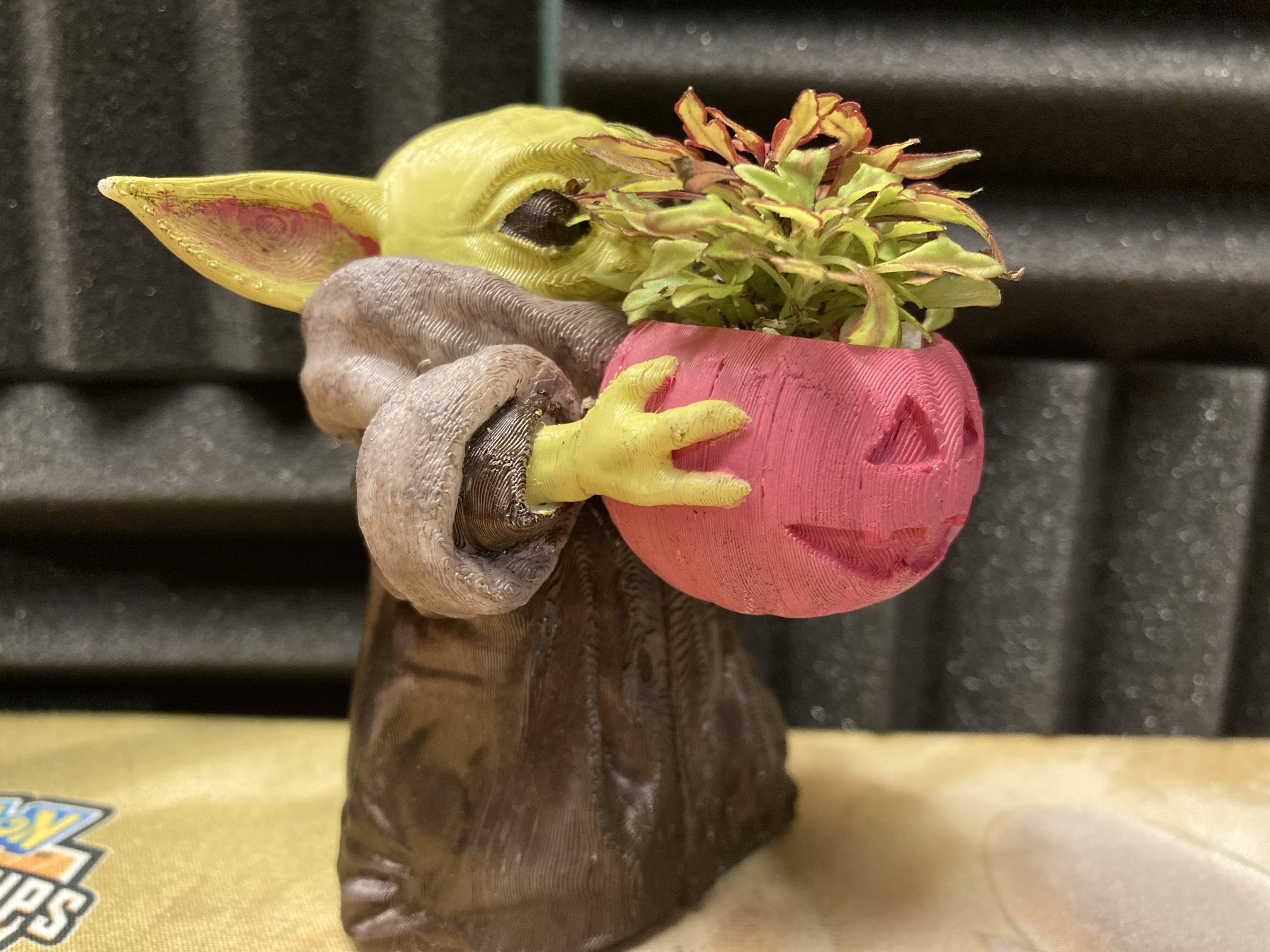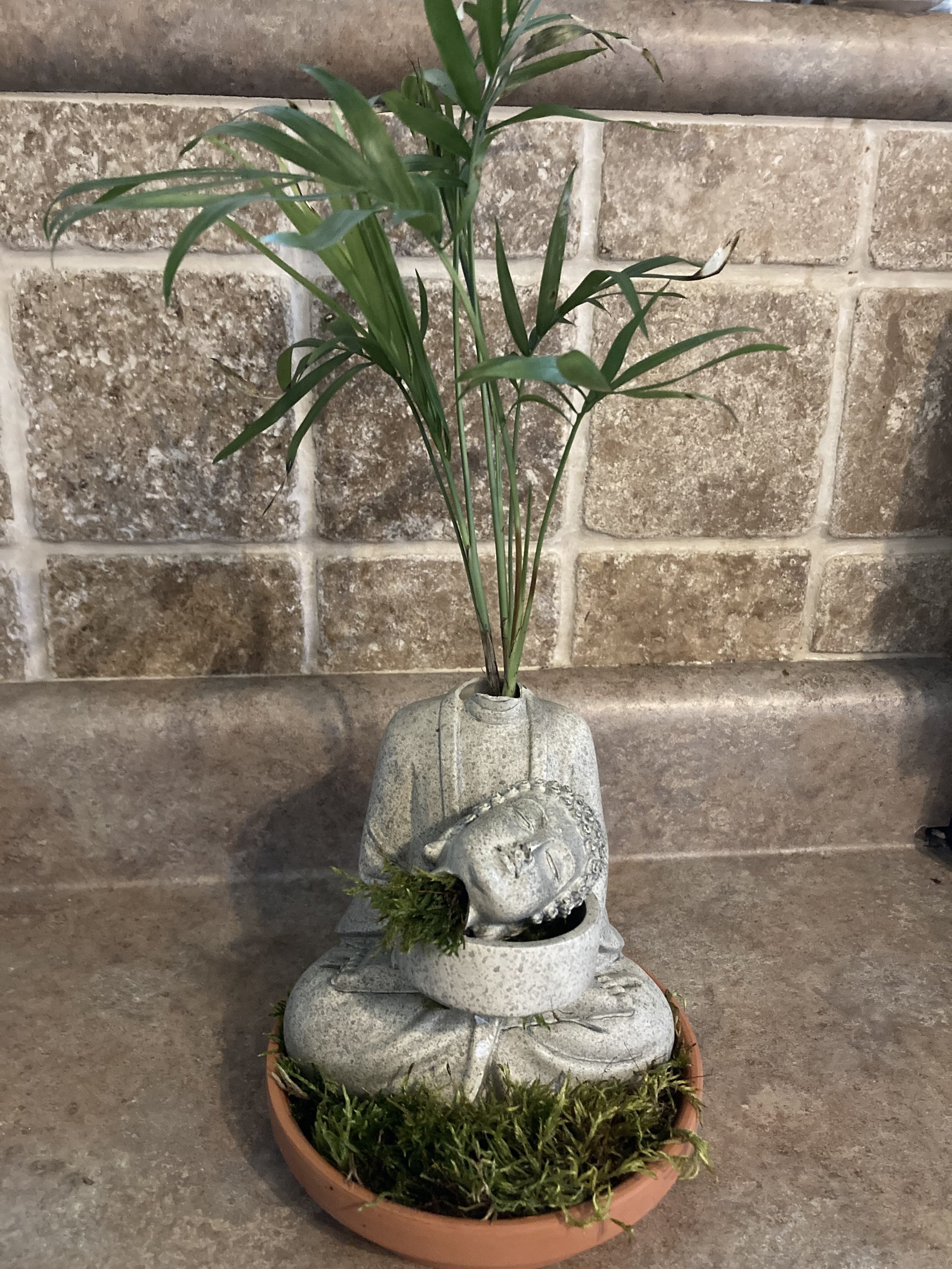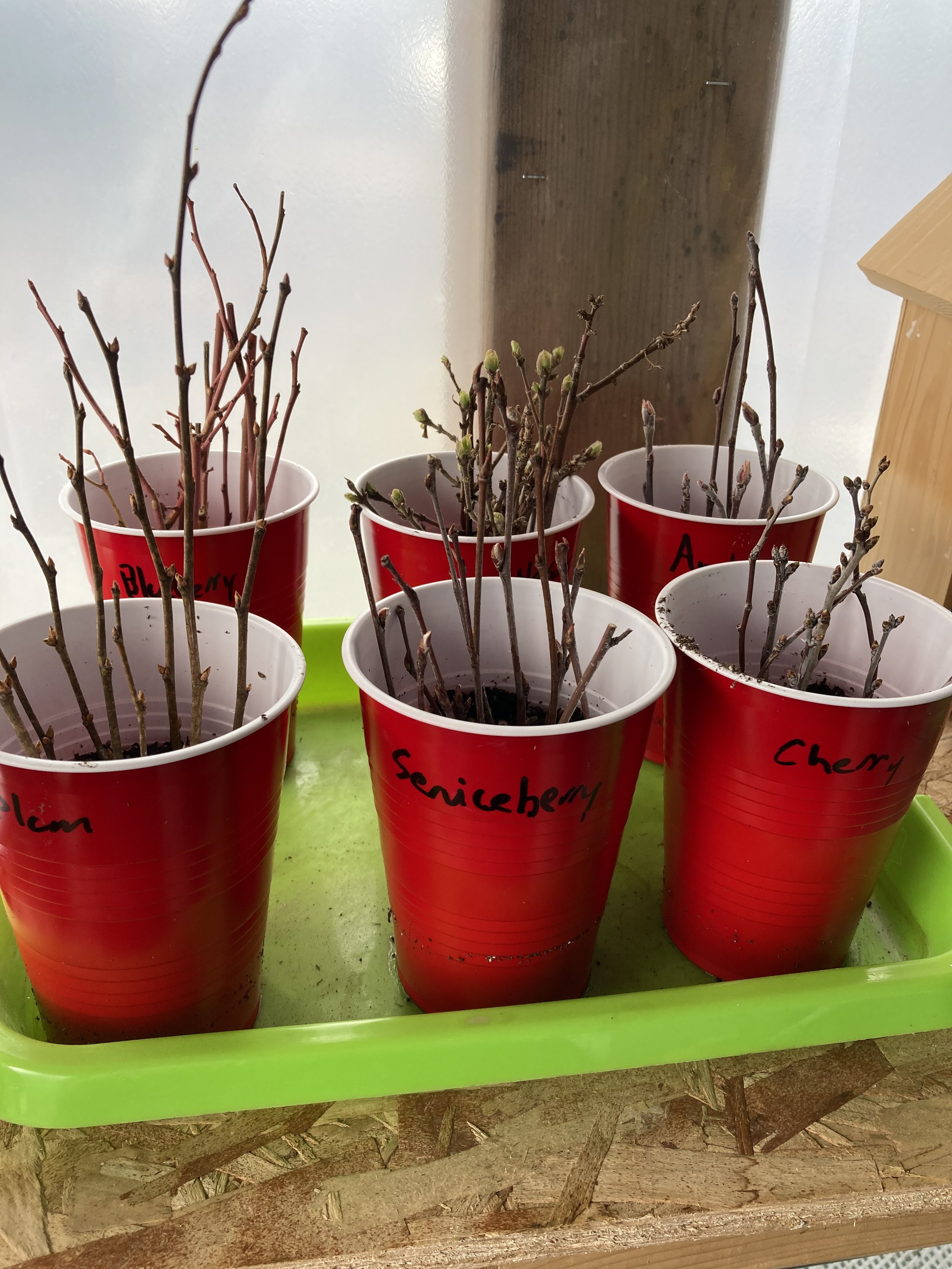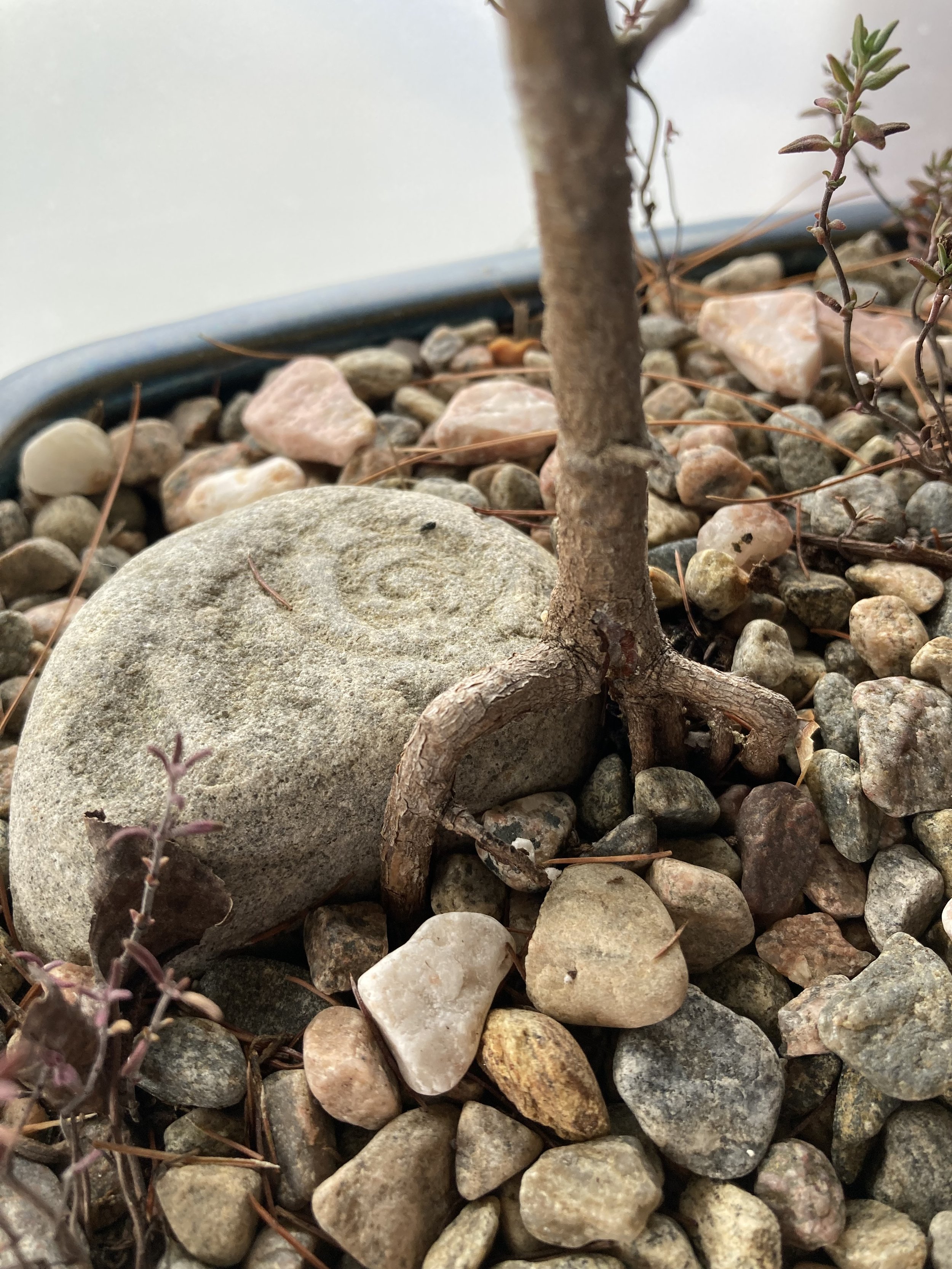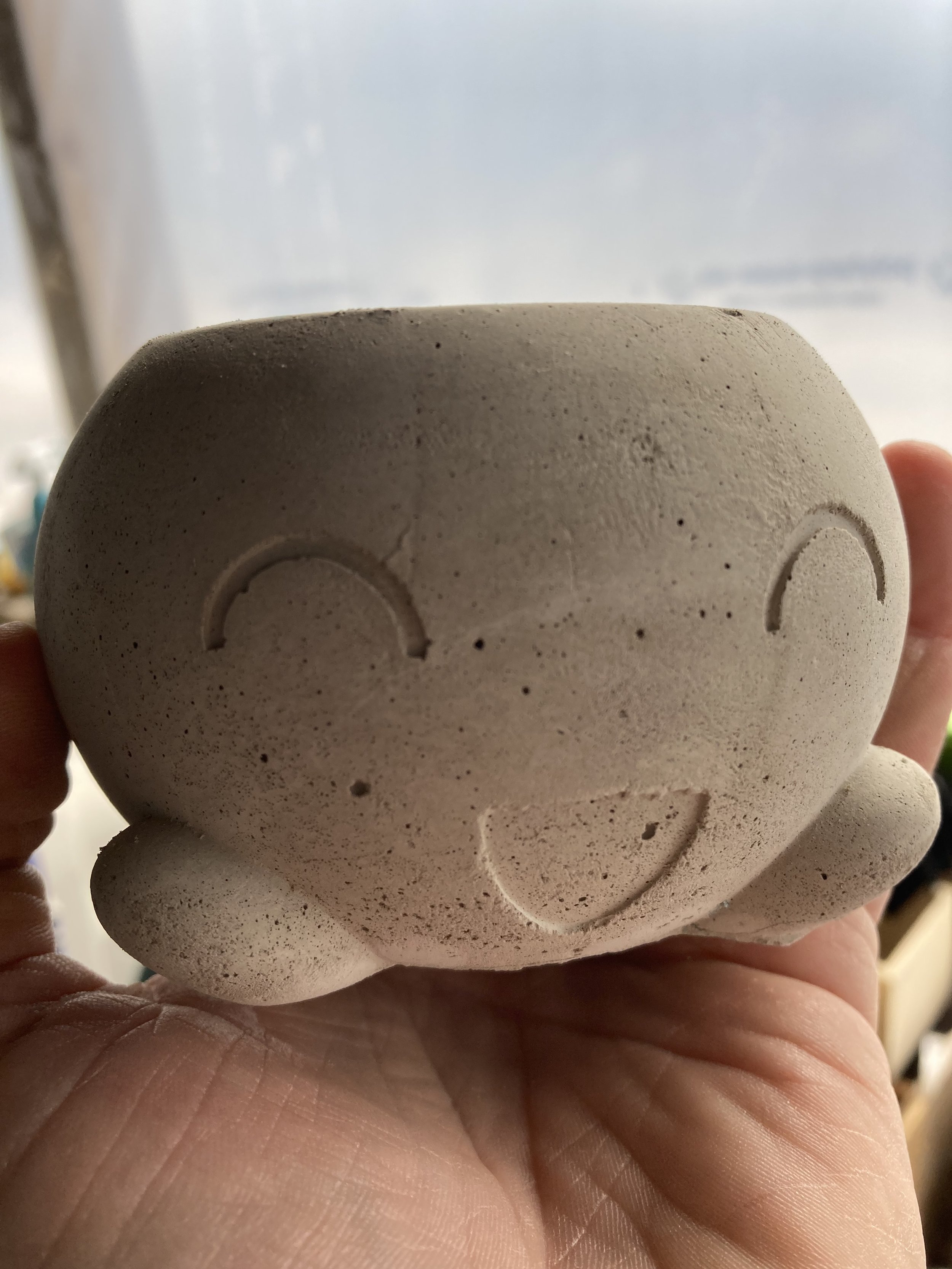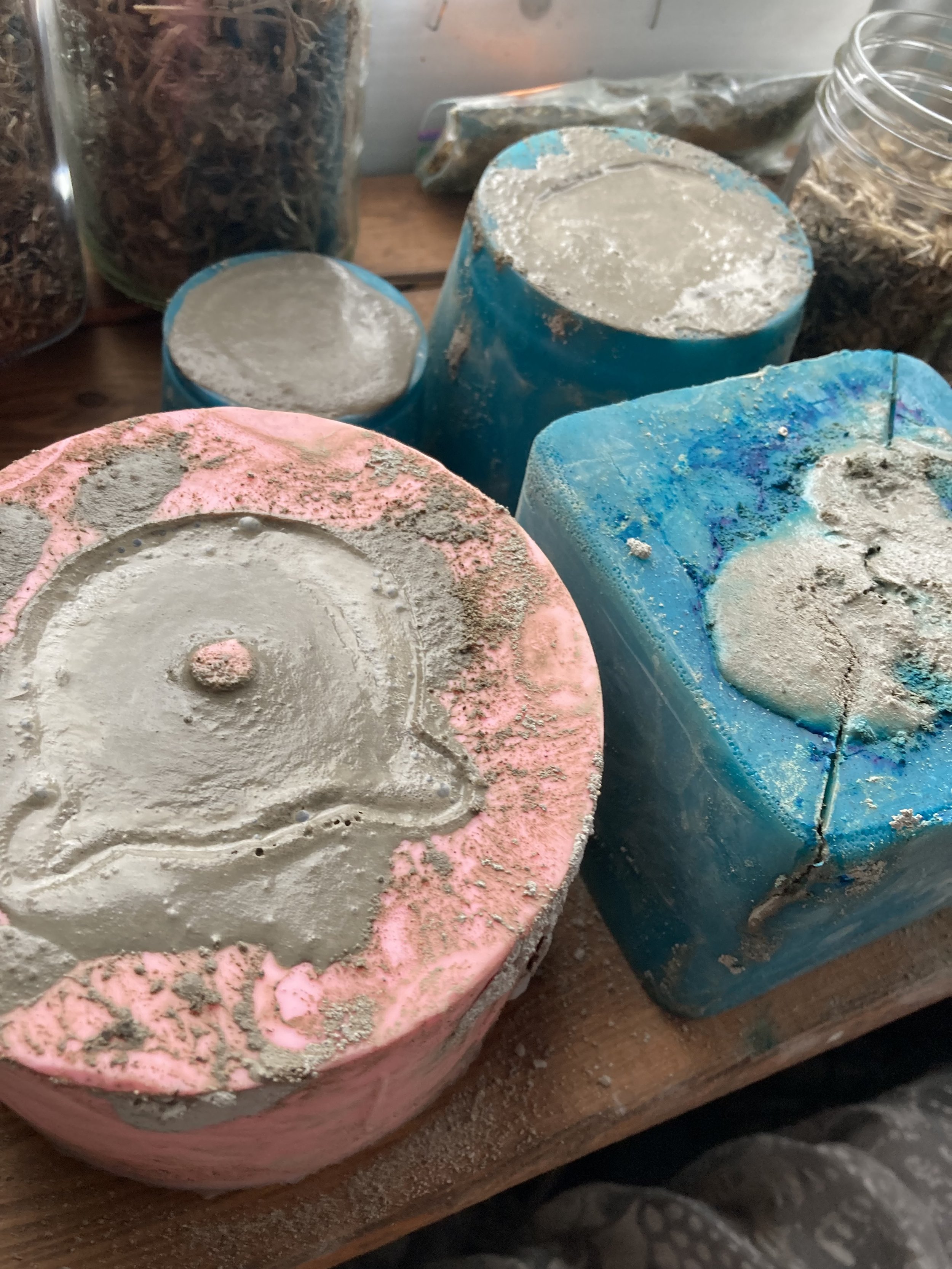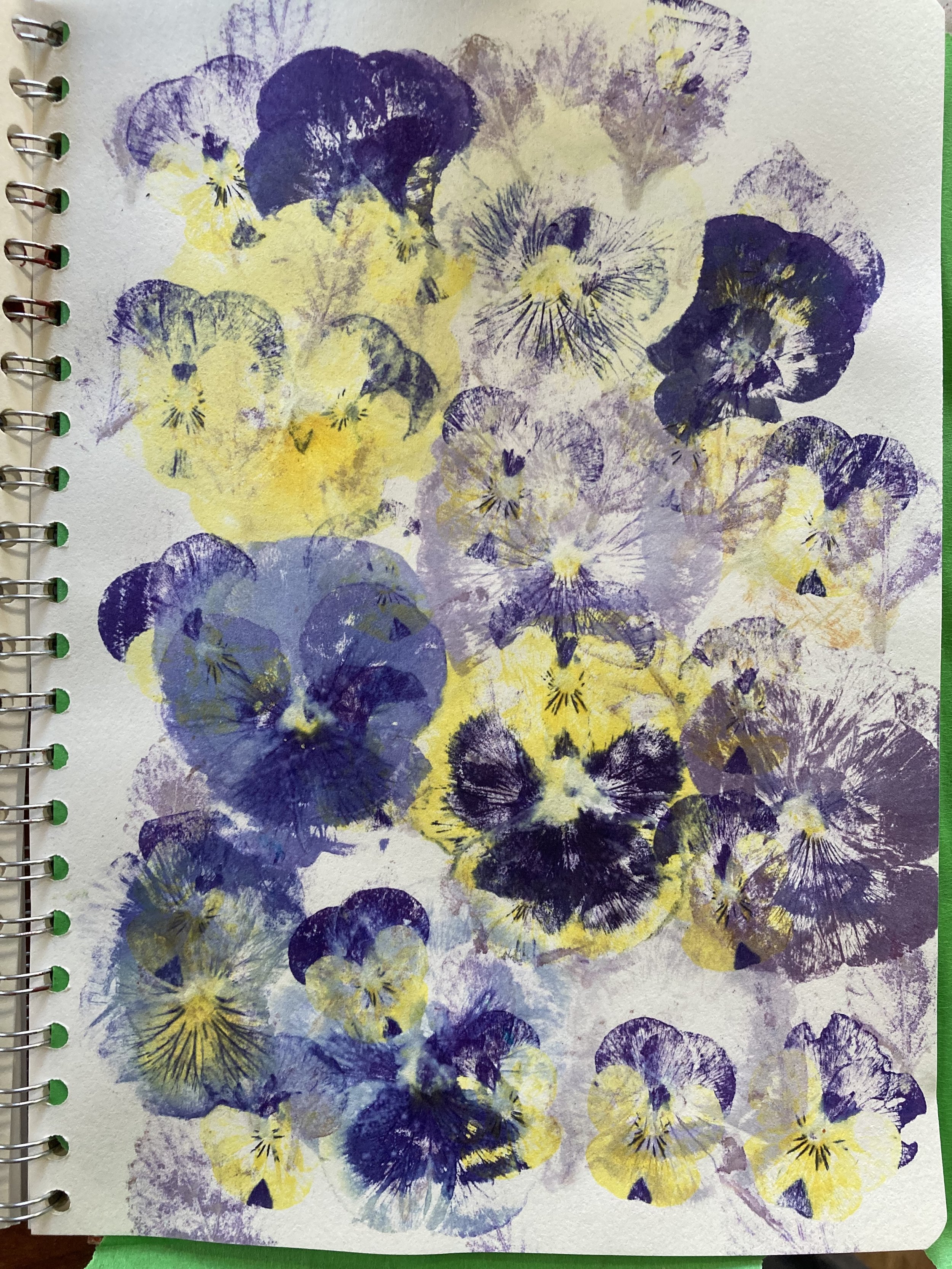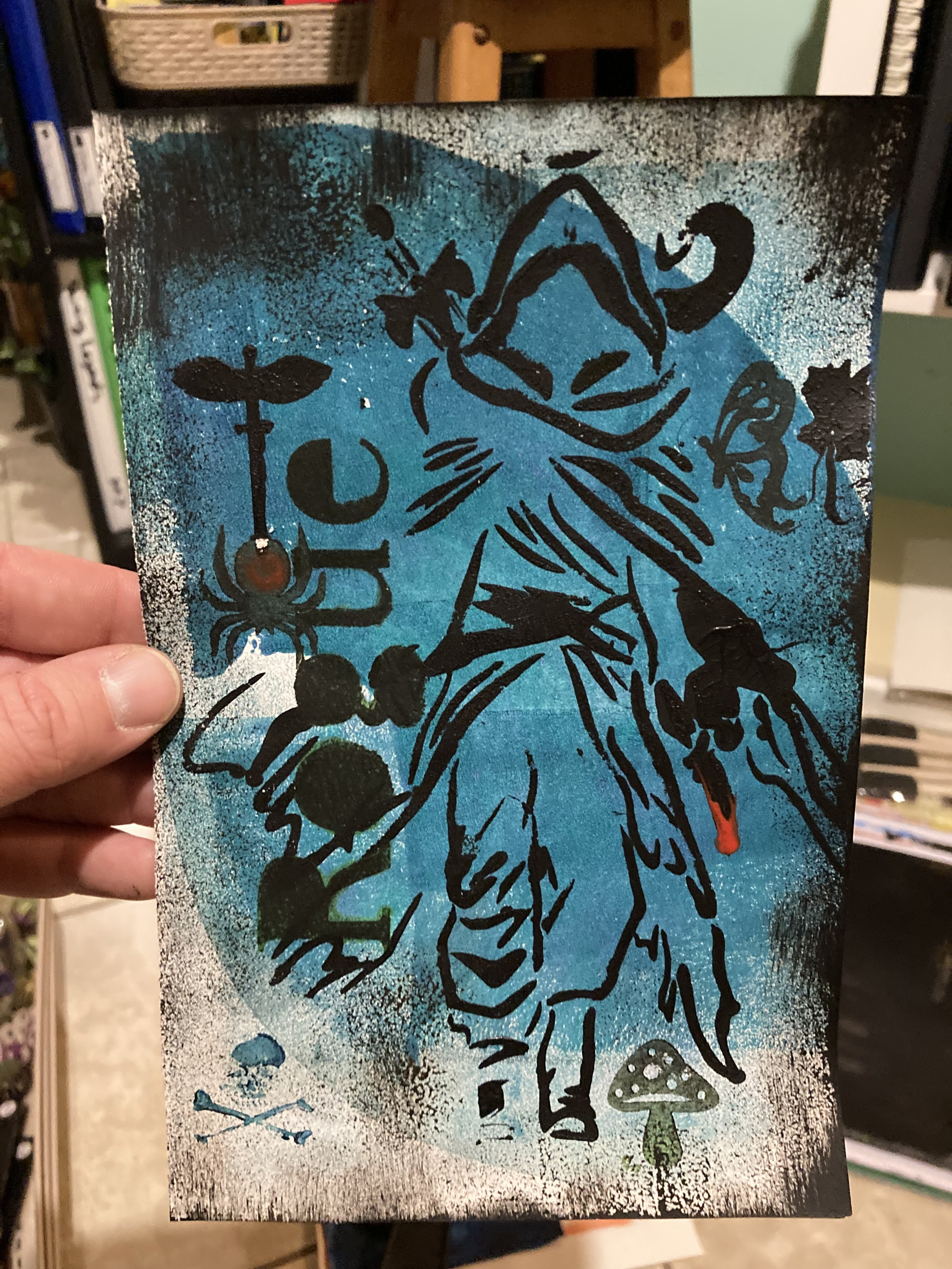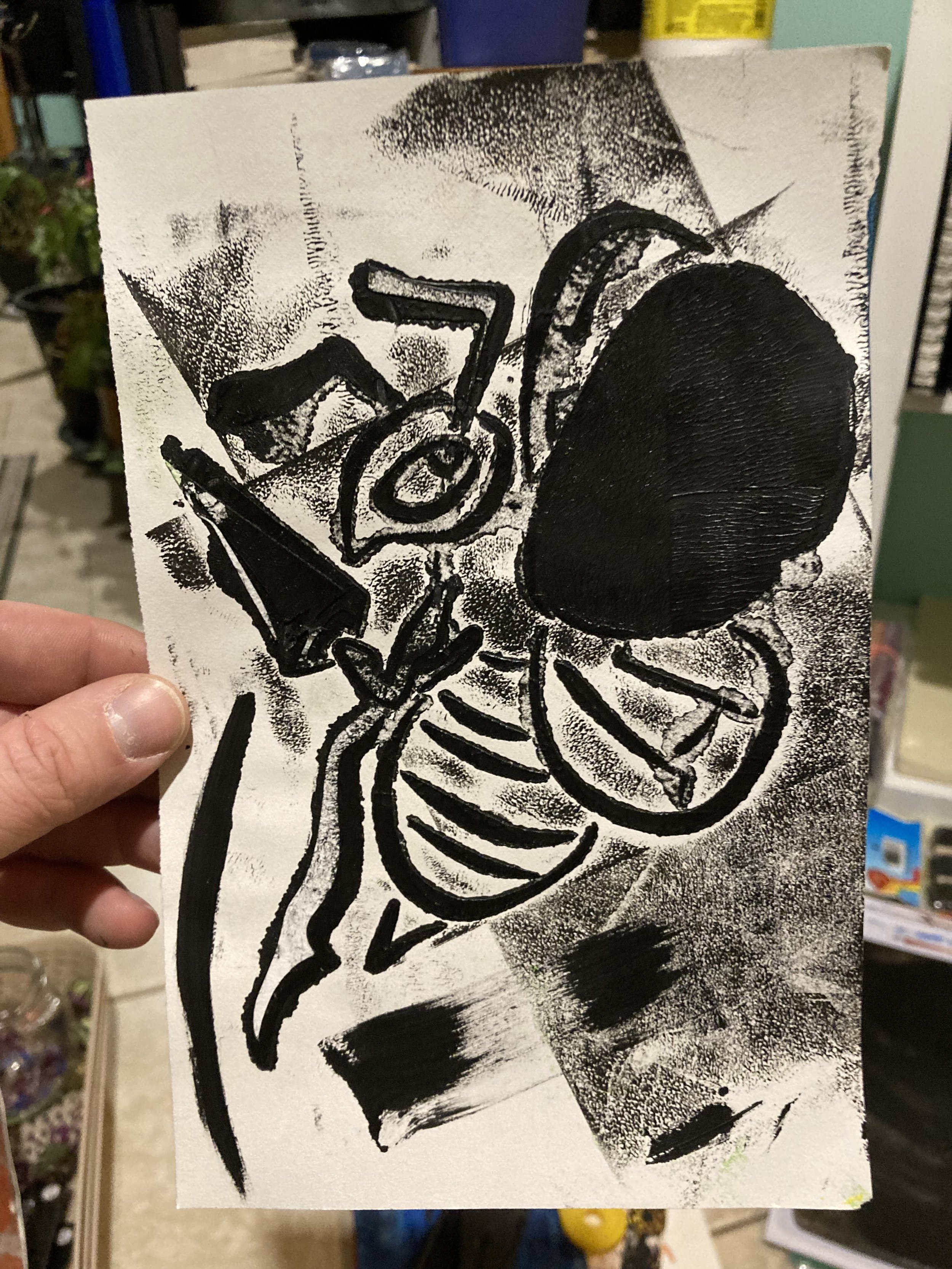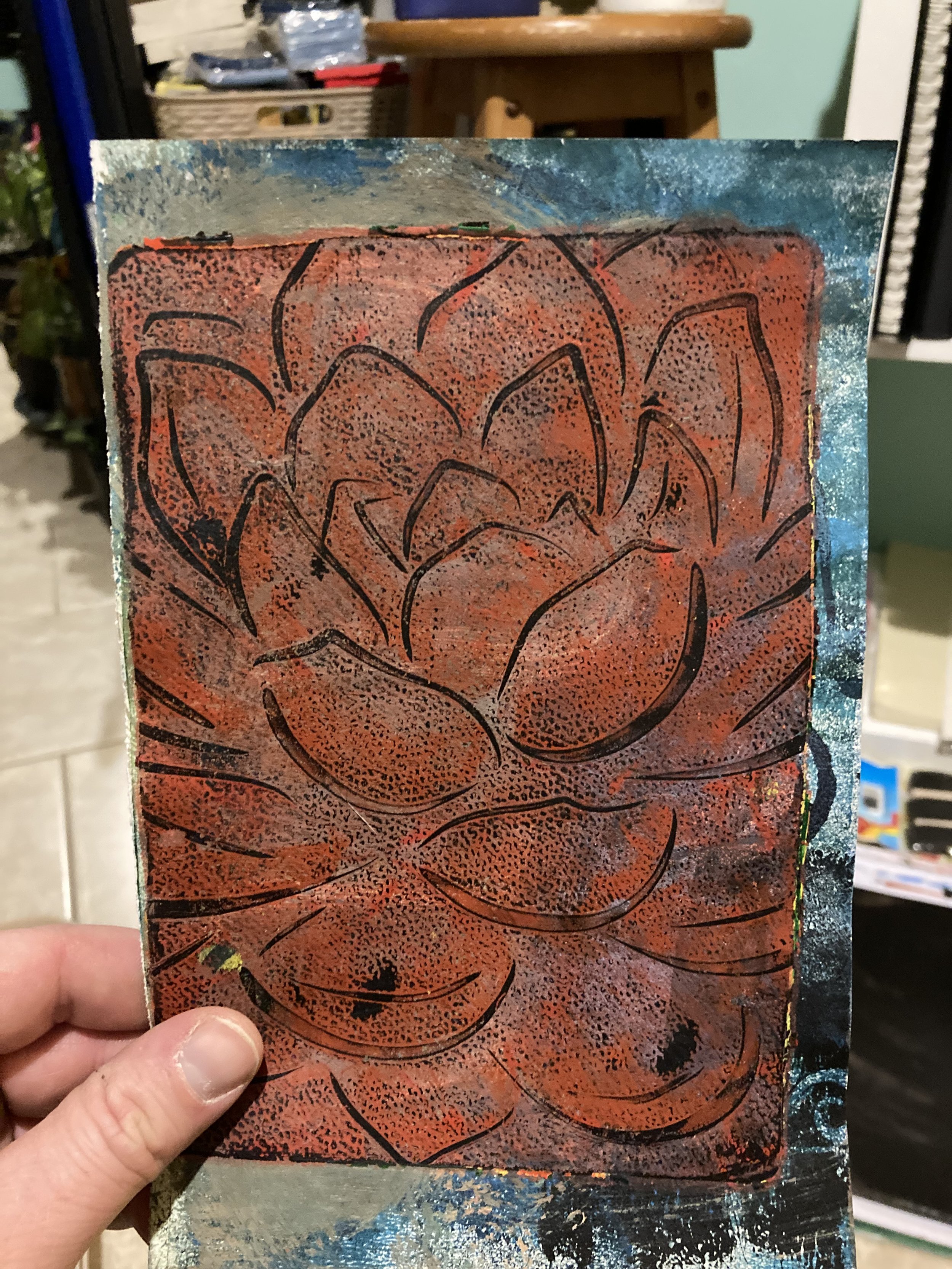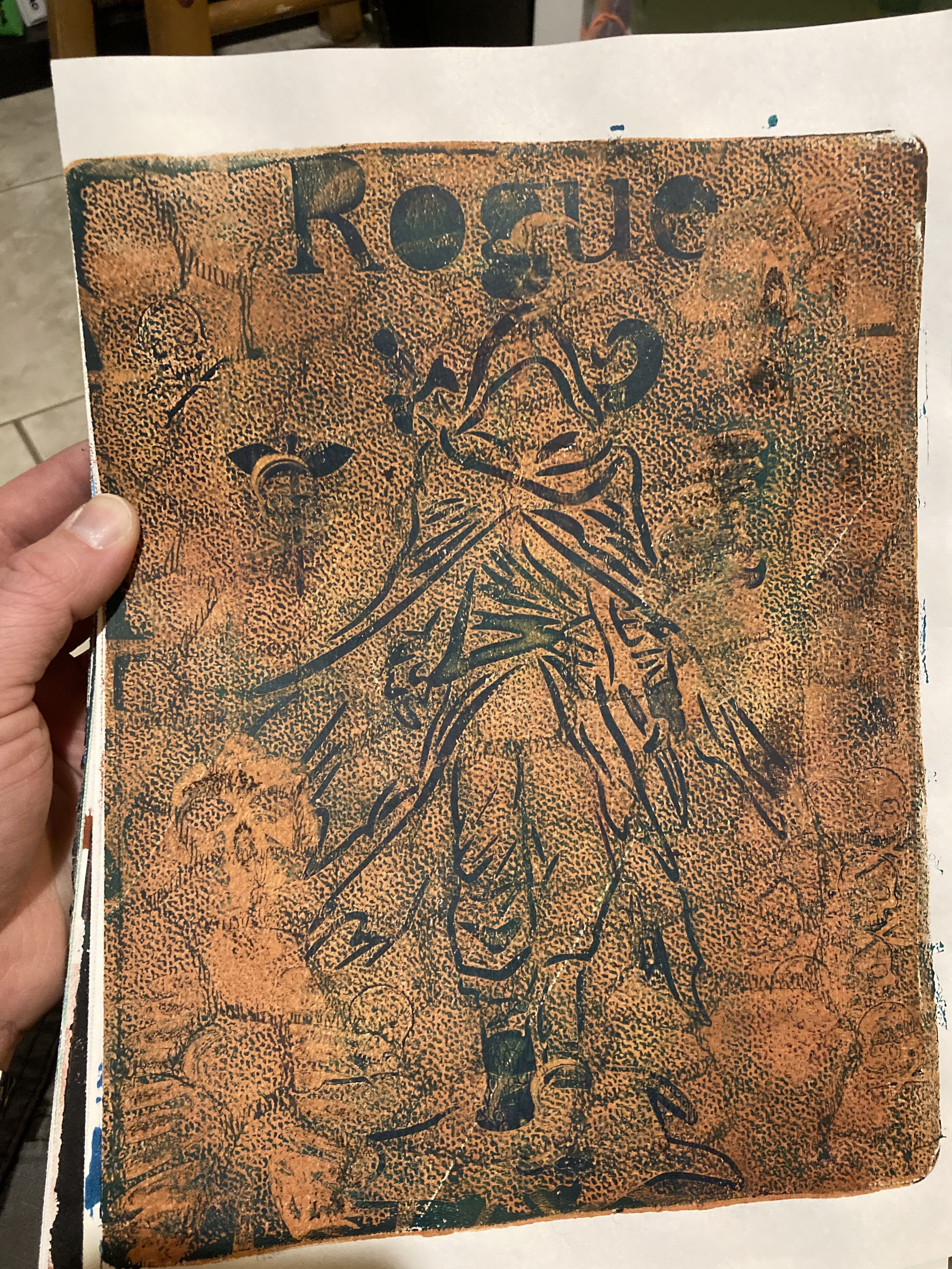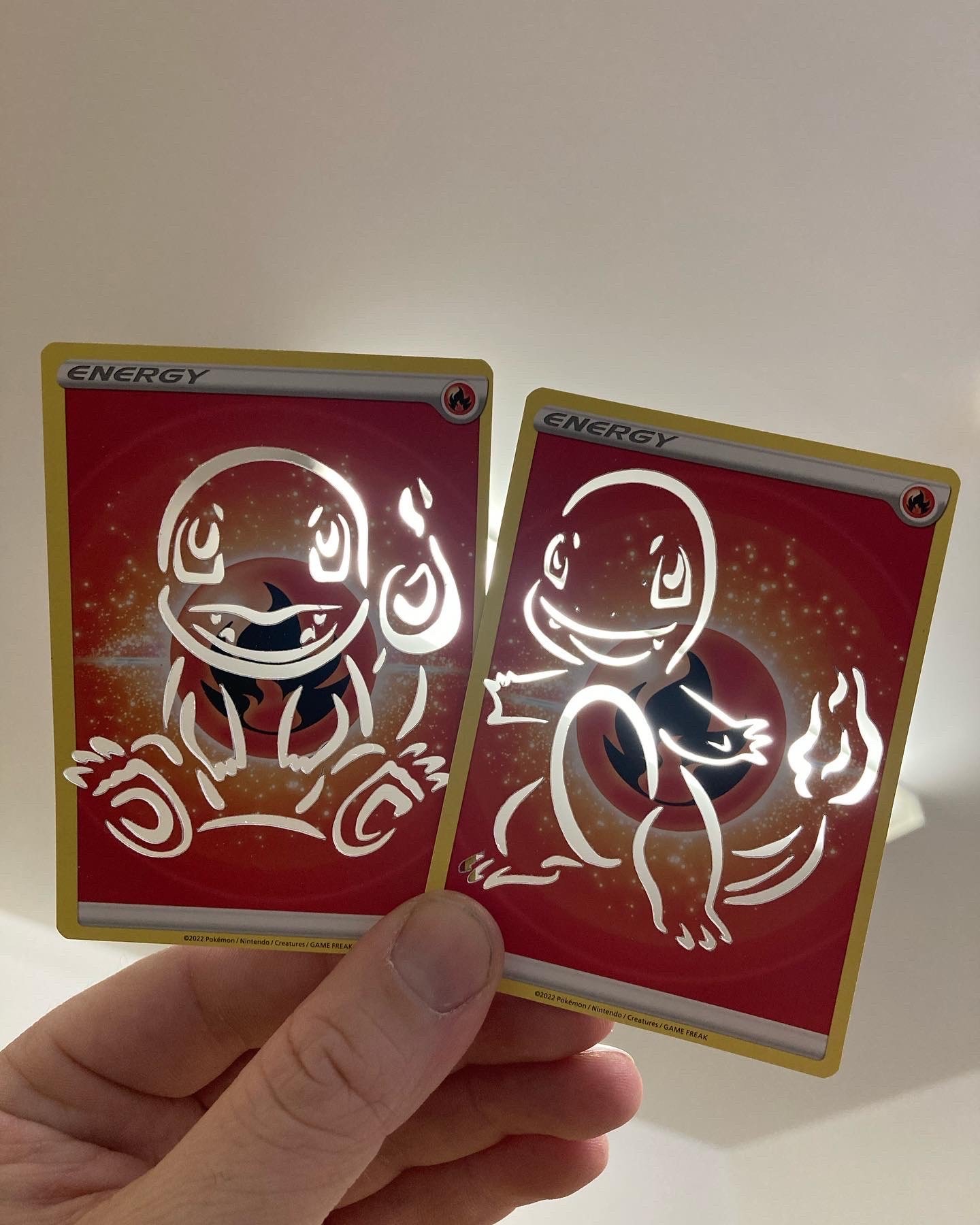Dirty Talks with Sean Patchett aka @gardenguymuskoka
I sat down (over email, video chat, and WhatsApp) with my dear friend Sean Patchett. Known for his passion for plants, both indoor and outdoor, we had a great conversation about the multi-spoked intersections of houseplants, nature, self-care, and mindfulness. 😉 Read more below!
Adam: So, Sean, can you tell us a little bit about how you got into plants?
Sean: I always had a fondness for nature growing up. There was a small ravine I used to cross through to get to school. I used to explore that small wooded area every day. So much so that I can still conjure a mental image of the place today.
On top of that, my mother always had tons of houseplants around. Nothing fancy, the usual suspects. Snake Plants, Spider Plants, African Violets. I never paid much attention to them, or the gardens for that matter, until I moved out on my own and found that something was missing in my life. One day, I bought a Money Tree (Pachira aquatica) from a local grocery store and suddenly realized how I missed having plants around. Soon, my collection took over every available window space in my small apartment. All these many years later, and my wife would say that my plants still take up every inch of window realestate in our house.
When I was in college, I was struggling a bit. When I started questioning what I was going to do with my life, my mother suggested I study Horticulture. At the time, I didn't even consider it as an option! I pivoted in my education to pursue studying plants and I never looked back.
Adam: You do a lot of work with both indoor and outdoor plants. Do you have a preference? Do you find one easier than the other to care for?
Sean: It's true, I have a lot of indoor plants, but I also run a landscaping company. So I do a lot of work with plants outdoors. Do I have a preference? Well I'd love to take care of my plants outside if I could, unfortunately all of my houseplants wouldn't survive for half the year outside in my current climate. I love taking care of my houseplants, but it is very different from gardening outdoors.
Inside, my plants are trapt, so to speak. Or "contained", if you prefer to think of it that way. I try to give them everything that they need to thrive, but I can also recognize that it's all very artificial and unnatural. They are mostly tropical plants, stuck in my cold dry Canadian living room. I can manage environmental factors, but only to a certain degree.
Outdoors, everything has space to grow as they please! The ground is full of microbes and nutrients. Nature provides all the water that they need, and natural predators can manage any pests that come up. You can really just set-it and forget-it, or as a friend of mine likes to say; leave it the F*ck alone.
Both have their pros and cons.
Adam: Given that you live in Canada and have a rather short growing season, what particular challenges do you have? What lesson have you learned that can be applied to those of us with longer seasons?
Sean: So my first thought on the Canadian growing season is that it is really diverse, depending on where you are. My province of Ontario spans across many hardiness zones, not to mention all the bodies of water and changes in elevation, which lead to many different microclimates. So my challenges are much different than say Toronto or Niagara, even though we are in the same province. Here's a funny anecdote for you Adam. One year, we had nearly 24 inches of snow over Christmas. But when we drove a mere 3 hours to Toronto to visit my mother-in-law over the holidays, she still had to mow her lawn! That's how big of a difference it can be in such a short range.
What challenges have I faced? Where I live, we can get frost right up until late-May, and we can get an early frost in September. This doesn't always happen, but there is a chance for it. It usually doesn't snow until December, but you will notice a gradual decline in the gardens starting in September as the days become shorter and the temperatures start to drop. With such a short growing season, many people struggle with getting their plants to maturity early enough to enjoy a bountiful summer. There are many possible solutions, of course. You can use a cold-frame with cold tolerant crops like lettuce. Or you could start your slower seedlings indoors early, such as peppers or tomatoes. But the best way to extend your growing season is with a greenhouse. Now, a greenhouse doesn't need to be a fancy structure, it simply needs to be able to retain enough heat in early Spring and late Autumn for the plants to not freeze. However you can go about doing that will work.
Personally, I am not much of a farmer when it comes to gardening. When I take into consideration the amount of time, energy, and cost associated with starting seedlings, It's significantly more cost effective to simply buy a tomato plant from a nursery in May and make sure the frost doesn't kill it right away. My family doesn't eat enough tomatoes to justify more than that, and I can allocate the space for something else.
I'd much rather have fruiting trees and shrubs around my property. Nature has her own schedule that I try to follow as best as I can. I just need to make sure that the fruiting plants are hardy enough for our Winters, and non-invasive in my region.
I should also mention that there are benefits to a colder climate. We don't get nearly as many pests as our neighbours to the south.
Adam: You have a very extensive collection of mini terrariums. what advice do you have for people who want to make their own? how difficult or challenging are they to make and maintain?
Sean: I love making terrariums! Boy, did I fail a lot when I first started! Who am I kidding, I still push my own limits and kill plants in the process even to this day.
The first bit of advice I would give is to use glass, not plastic! I find that it is better all-around. It's solid, it breathes better, it handles condensation better, and provided you don't over water it, it is less conducive to mold (in my experience).
My second piece of advice, don't be afraid to fail! There are so many different ways to fail and to succeed. You will eventually find what works for you.
Lastly, figure out what kind of terrarium you want, and build it from the ground up accordingly. Do you want succulents? (Yes, you can have a succulent terrarium!) Do you want tropical plants? Do you want to make a Vivarium, complete with certain detritivorous insects? How big is your container? Do you want an open terrarium or an enclosed one? Once you have that more or less figured out, then you can select what plants will work best. I like to look at my terrariums as a sort of captured tiny landscape. And with any successful landscape, you need to pick the right plants for the right places. This may take some trial and error, but eventually you find a balance.
Whichever way you choose to go about it, you will eventually need some maintenance here and there. whether that is a bit of pruning back into shape, or adjusting the moisture levels, or cleaning the inside of the glass. They will require some monitoring, but largely can be left alone for long periods of time if you do it right.
Oh, and remember that Less is More. You're building a little landscape, and landscapes grow. So you don't want to overcrowd your terrarium right away.
Adam: Recently you have been getting into Gelli Printing. I really appreciate the Dungeon & Dragons themes you have been playing around with. Where did this inspiration come from and what aspects of the hobby are you interested in exploring going forward?
Sean: I would describe myself in two ways. First, as a Hype Man. I love encouraging my friends and family, and even strangers on the internet sometimes. I believe that's how we met actually!
Secondly, I consider myself a serial hobbyist. I have a countless number of hobbies in my repertoire, and a list of hobbies that I want to try if I ever find the time for them.
My latest hobby this winter is Gelli Printing. Gelli Printing is when you use a gelli plate to do image transfers. It all started with a Tiktok video that a friend of mine sent me, and I responded with "huh...interesting. I can do that!". So I got the materials and tried it out. I started by simply copying the method in the video, but as I always tend to do, I got bored of it pretty fast. It was working as it was supposed to, but something wasn't quite clicking for me. So I started experimenting with other methods to see what I could really do with it! I came up with a few really cool layering and stencil techniques. I'm quite certain they are not unique to me, but I love that I could mess around and discover them on my own.
What I really love about my style is that it's always evolving. It will be unique every time, even if you use the same materials and try to copy it exactly. I've made a few different Rogue themed prints using the same materials, and I love how they turned out! Even with the attempts that fail, I can always add something on top of it or use parts of it for something else.
One of my many lofty goals is to complete a full Character and Race spectrum from Dungeons and Dragons, and complete a full Pokedex as well.
I'm also excited for winter to be over so I can start experimenting with Gelli Printing using natural materials.
Adam: You are a man of many talents, what else are you working one that we don't know about yet?
Sean: Last summer, my amazing wife got me a nice camera with a macro lense. I am no photographer, but it has been fun! I'm hoping to learn enough before the gardening season begins, so that I can take photos that really capture the beauty of the gardens that I work on. You can find some of the experimental macro photos on my instagram. But be kind, I am still a novice.
Another fun hobby I picked up is cement molding. I started playing around with recipes last summer. I was hoping to turn a 3d printed Bulbasaur into a Planter. With much trial and error, I got a pretty cool cement Bulbasaur Planter in the end! Unfortunately that hobby was put on pause when the weather cooled down, but I am excited to pick it back up this summer! Who knows, maybe I'll even make a sphere planter.
Another fun project I am hoping to do is Resin Molds to preserve plants and insect specimens. This is another one that is a bit seasonally dependent I'm afraid.
I also have a secret project or two that I'm working on. They are not quite ready for the public eye just yet, but stay tuned!
Adam: And lastly, what is the ONE piece of advice, knowledge, or inspiration you wish every grower would know?
Sean: One thing I’d like for everyone to hear is that there is more than one way to do anything! Be careful with any advice out there saying otherwise. Try, fail, and find a way that works for you.
Check out photos of Sean’s projects and store
Check him out here:
Instagram: @gardenguymuskoka
Store Instagram: @grasstypesean


